This is Part 2 in our series. If you missed Part 1, please see our blog post here on getting started in arts advocacy.
Engaging in advocacy means to walk pathways into the policy landscape and align goals between worlds – arts & culture, and government.
Knowing what makes up the pathways into policy development is a key skill that any new advocate quickly learns. We learn so most often by being reactive to opportunities and/or through trial-and-error. But what happens when we understand the map a little bit better beforehand? We’re here to lay out the opportunities in advance, so you can keep an eye out to be responsive, intentional, and strategically prepared to express your voice and build lasting relationships and impact in policy.
Our growing community in the T.R.A.I.N Why Bother?! Arts Advocacy & Activism series expressed an interest in understanding the government structure. We listened, and have laid out below some opportunities where you can express your issues and move forward in policy decision-making spaces.
✨ Reference slides
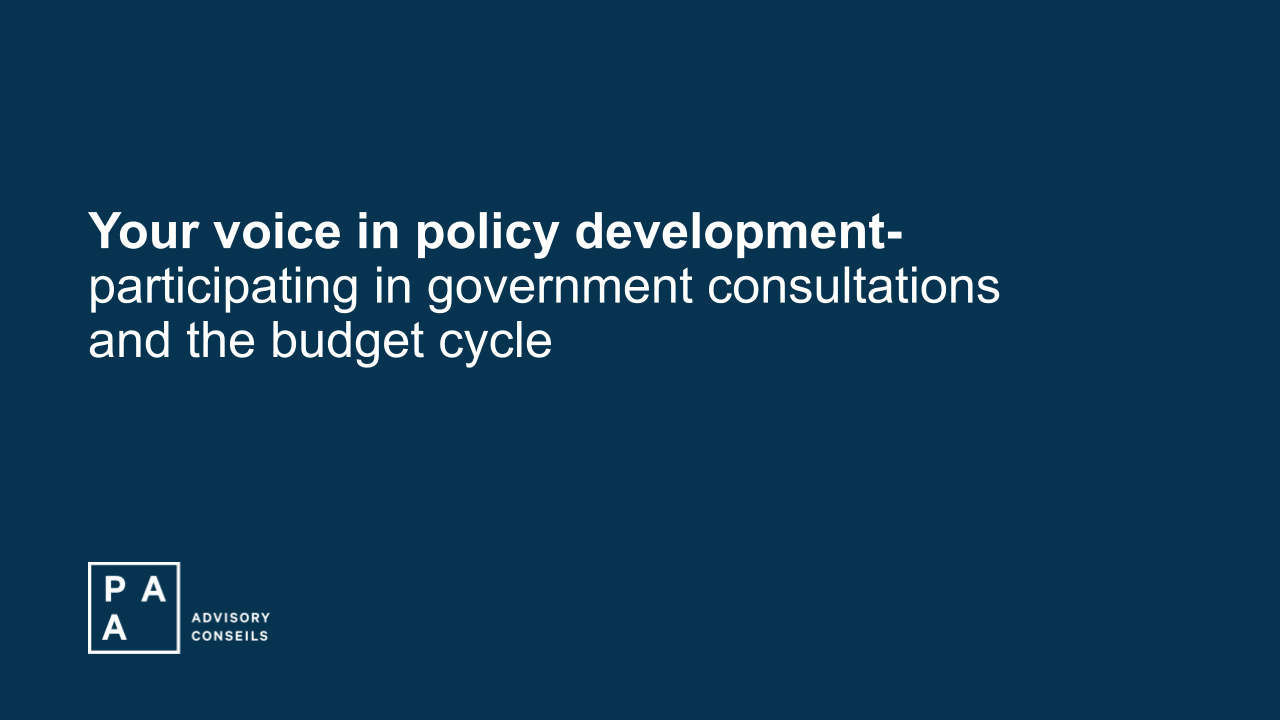
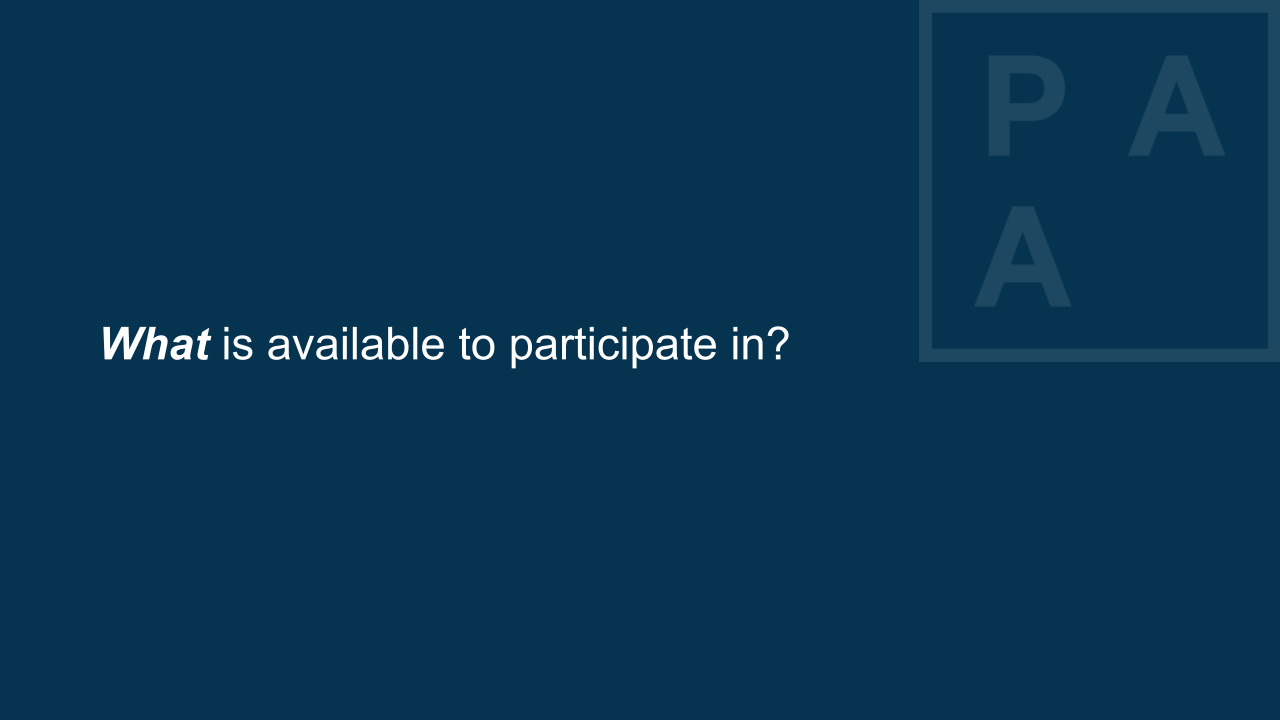
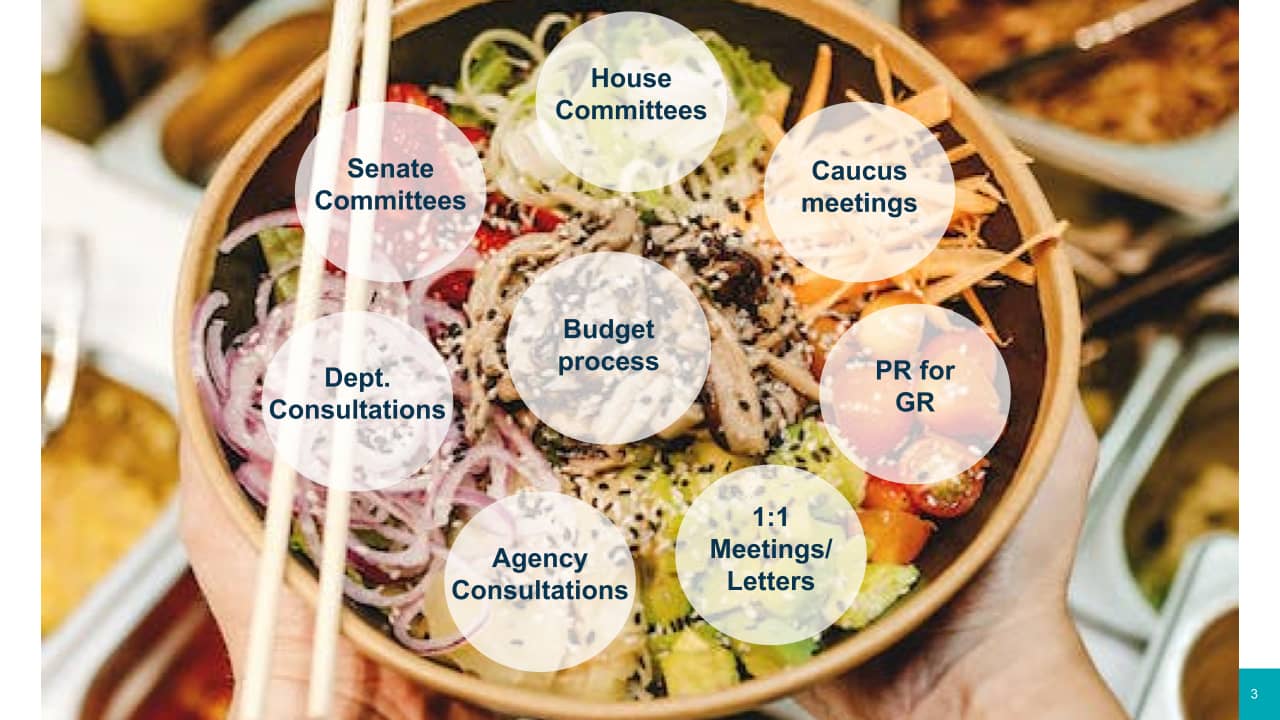
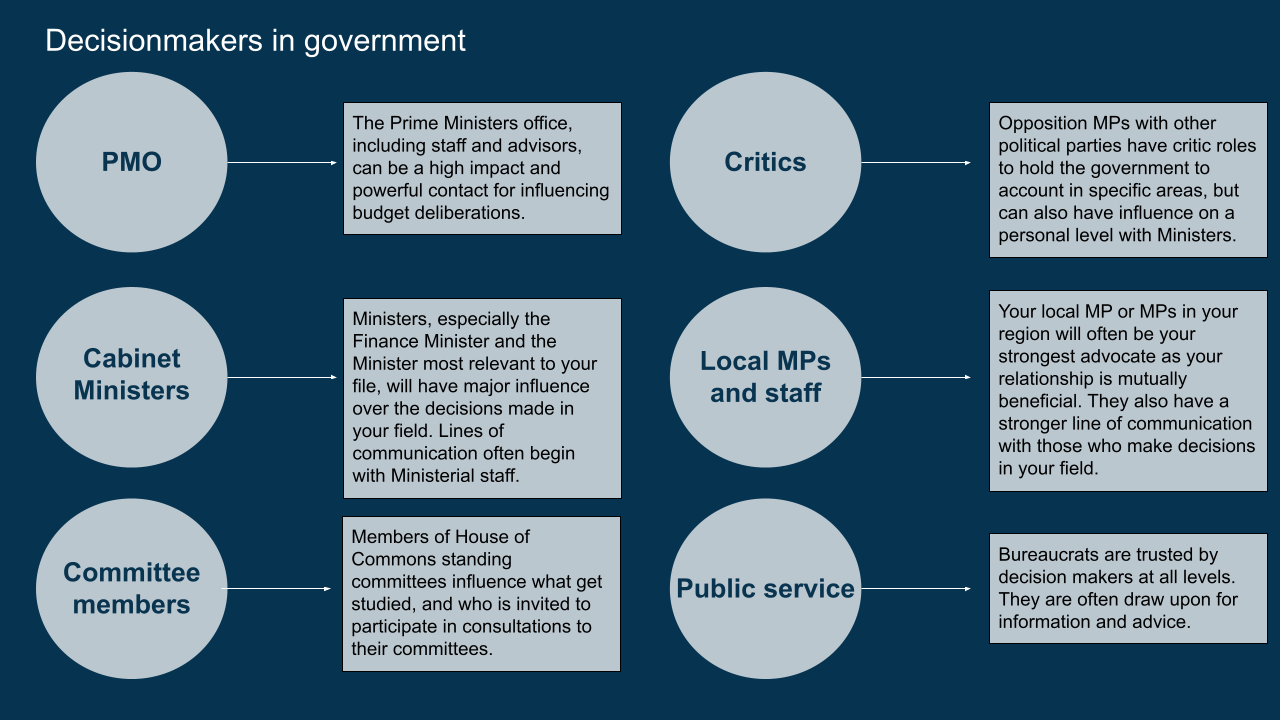
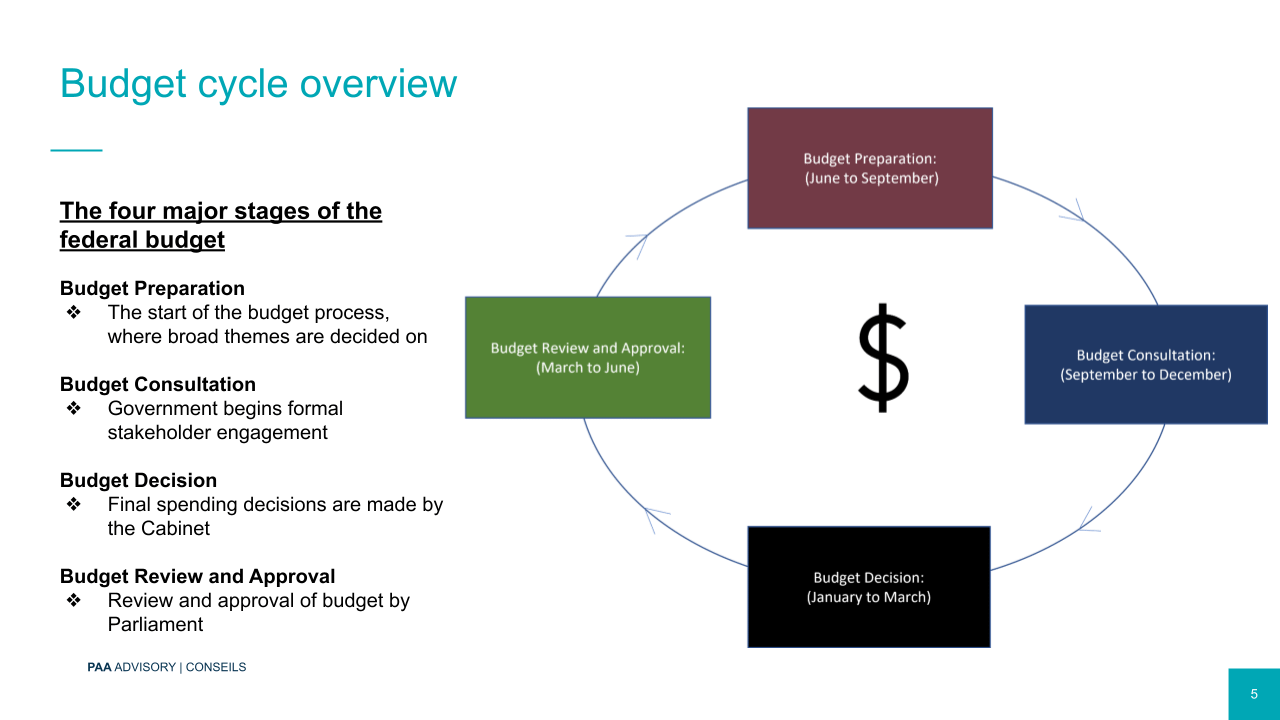
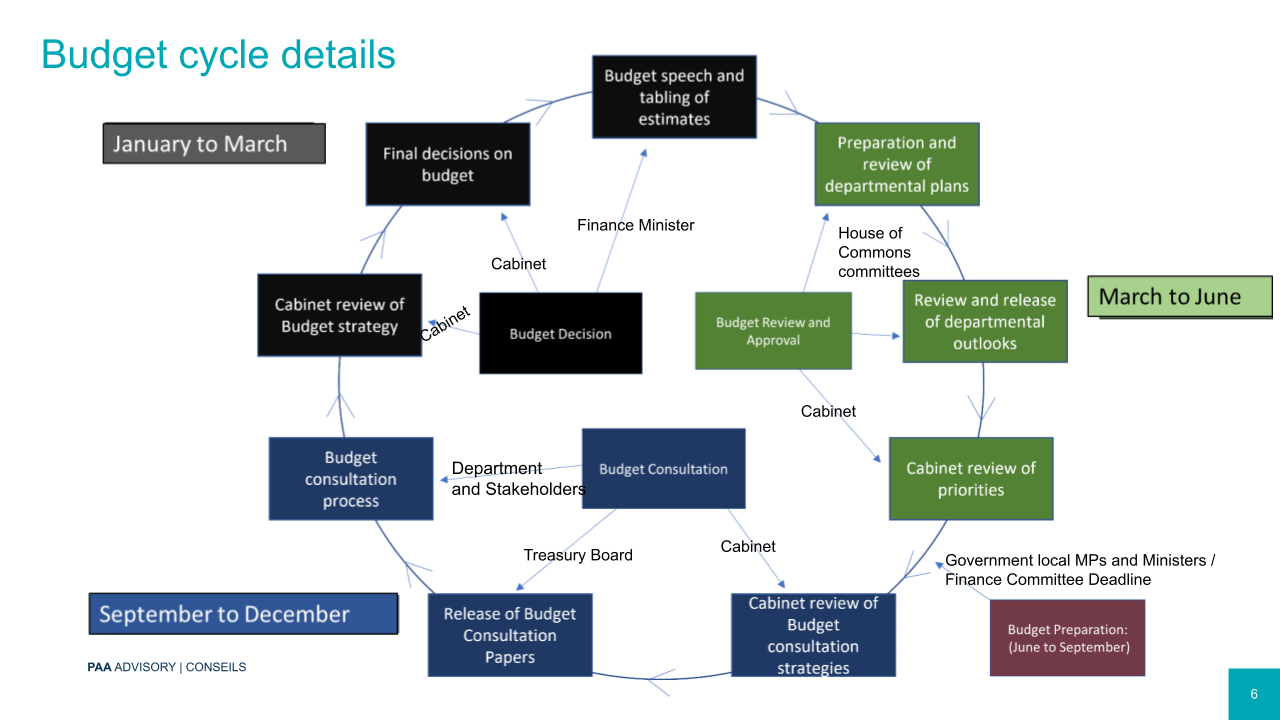

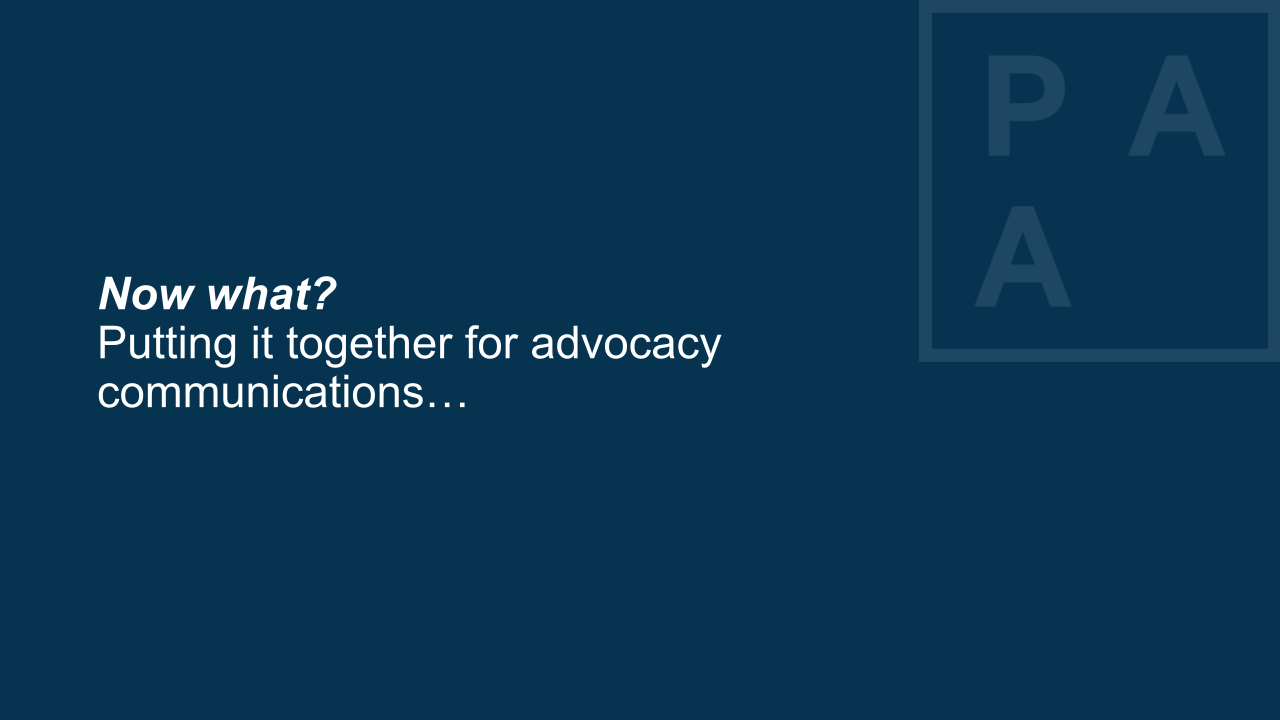

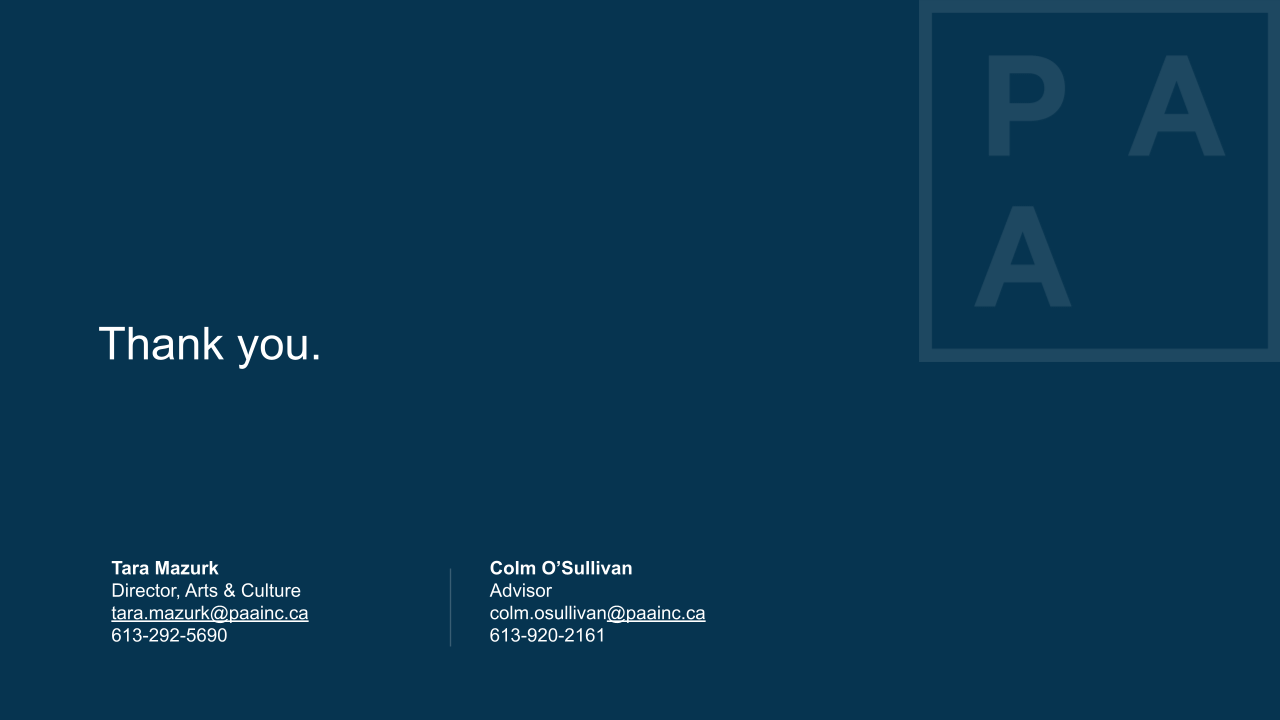
Here's what's next
Next up in the advocacy playbook, we’ll figure out – who should I be talking to in government? Speaking as lobbyists ourselves, we know first-hand that access to government is not limited to lobbyists. We’ll walk you through an immersive experience of building a strategic government contact list.
February 8th: Who to talk to in government? Build your government network, even if you don’t yet know anyone! Access to government contacts isn’t reserved for lobbyists. But we can learn from the lobbyists themselves – PAA Advisory | Conseils – who will share the most important, simple tips for finding out who’s who in government, how to reach out, and what it takes to build meaningful, lasting relationships. Register here.
